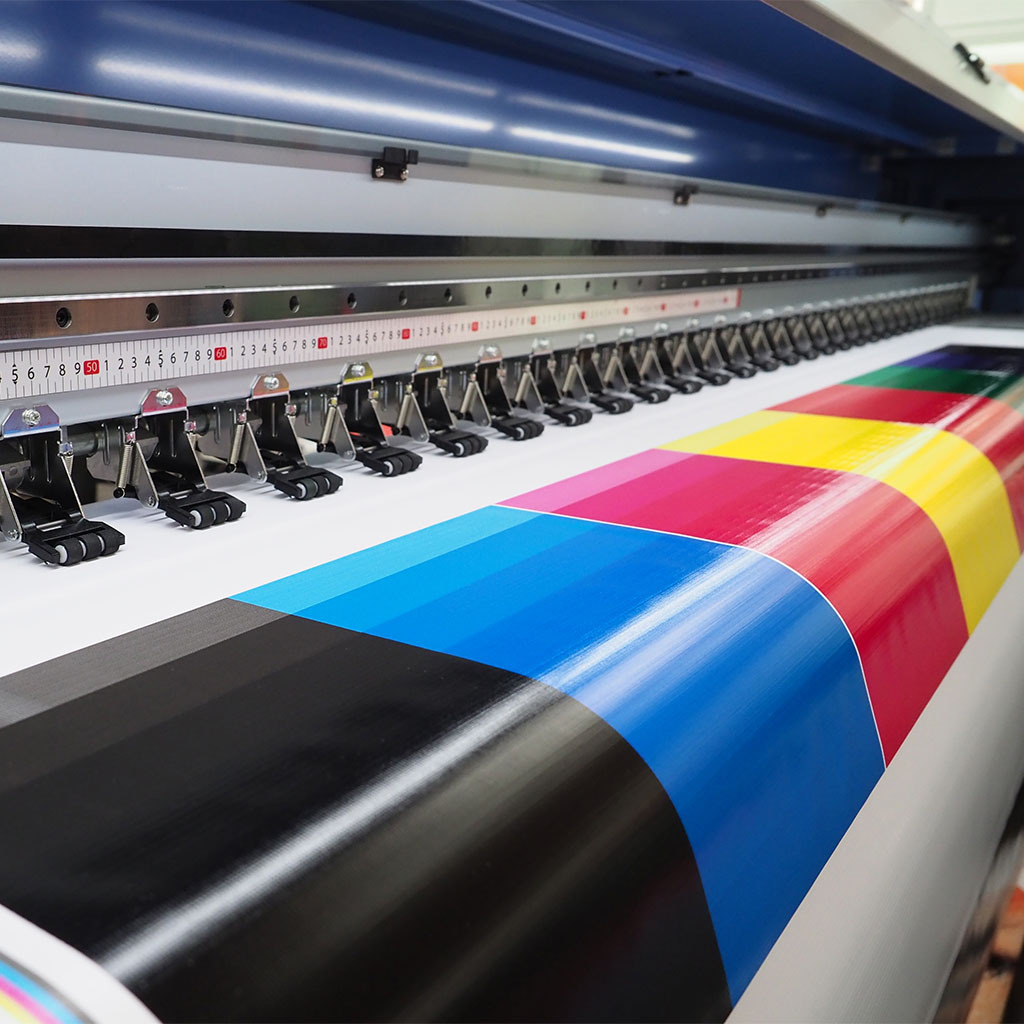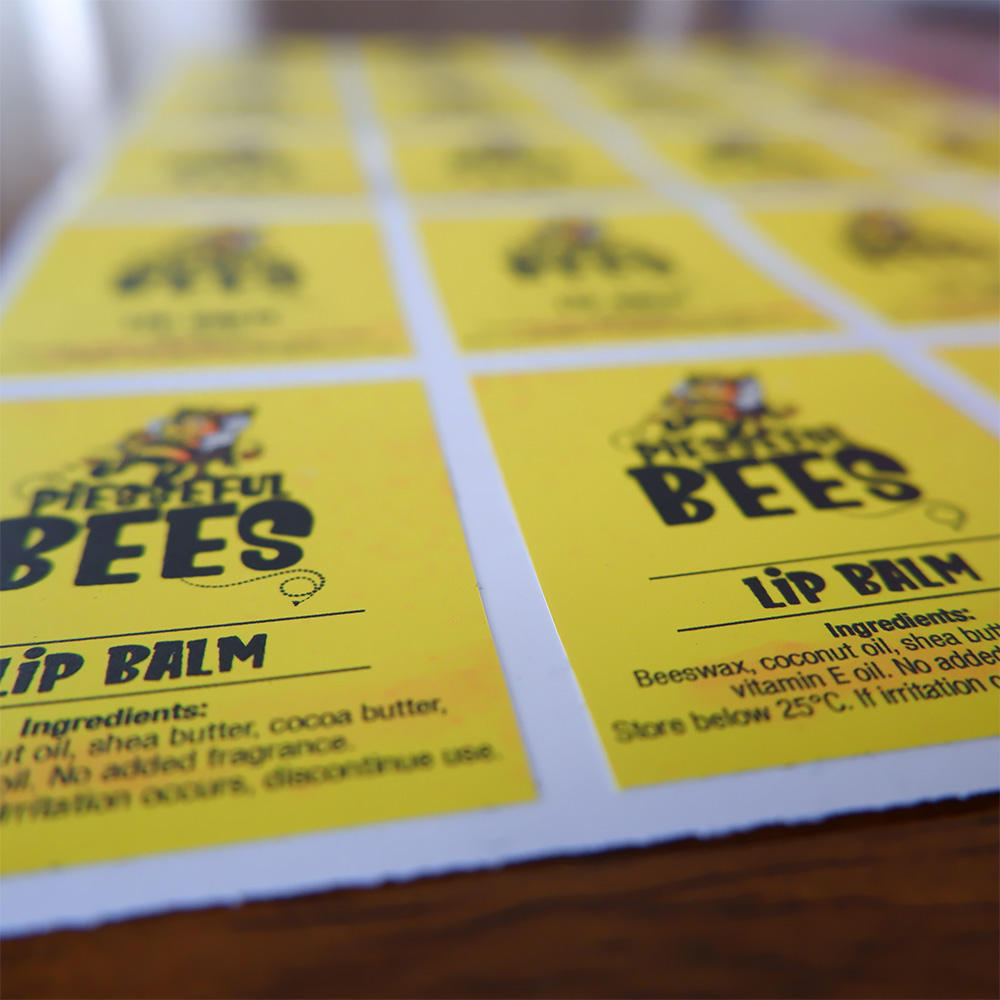This is one we get asked about A LOT, so it’s time to get the information out there for you all to see.
When it comes to creating digital graphics or printed materials, it’s important to understand the different colour models that are available to you.
In this blog, we’ll take a look at three of the most commonly used colour models: CMYK, RGB, and HEX.
CMYK, or Cyan, Magenta, Yellow, Black, is the colour mode used for print design. This is because in traditional printing, the colours are created by layering inks of different colours on top of each other. The CMYK colours are used in combination to create a wide range of colours. When all the colours are at their highest level (100, 100, 100, 100), the result is a rich black. When they are at their lowest level (0, 0, 0, 0), the result is white (or the colour of the paper).
CMYK is best used for print design such as brochures, posters, business cards and other printed materials. However, it is important to keep in mind that the final output may appear differently from the digital version.
RGB, or Red, Green, Blue, is the colour mode used for screens and digital displays. This is because screens emit light, and the colours are created by mixing different levels of red, green, and blue light. When all the colours are at their highest level (255, 255, 255), the result is white. When they are at their lowest level (0, 0, 0), the result is black. RGB is best used for digital design such as web design, graphic design for digital media, and photo editing.
HEX, another important colour mode to understand is HEX, which stands for hexadecimal. This is a way to represent colours using a 6-digit code, which is a combination of letters and numbers. The code is made up of three pairs of characters, each pair representing the amount of red, green, and blue in the colour. For example, the code #000000 represents black, as there is no red, green, or blue in the colour, while #FFFFFF represents white, as all three colours are at their highest level.
HEX colours are commonly used in web design, as they can be easily used in HTML and CSS to specify the colours of text, backgrounds, and other elements on a website. They can also be used in graphic design and photo editing software that support web-based design.
It’s worth noting that HEX colours are related to the RGB colour mode, and the HEX code of a colour can be converted to its RGB values, and vice versa. This makes it easy to match colours across different design software and platforms.
In conclusion, the choice of colour model depends on the purpose of the project. For printing, CMYK is the most suitable option, while RGB is better suited for digital media. And HEX is a shorthand way of representing RGB values mainly for web development. It is important to understand the differences between these colour models and choose the one that best suits your project.
It’s also important to note some colours that can be achieved in RGB mode may not be possible in CMYK mode. So, it’s essential to always convert the RGB to CMYK before printing.
If you are working with a good graphic designer they will be able to guide you along the way and prepare your files for their intended purpose (or we are always happy to assist where we can).
Thanks for reading and we hope you found this information helpful. If you have any questions or feedback, please leave a comment below or contact us through our website!





